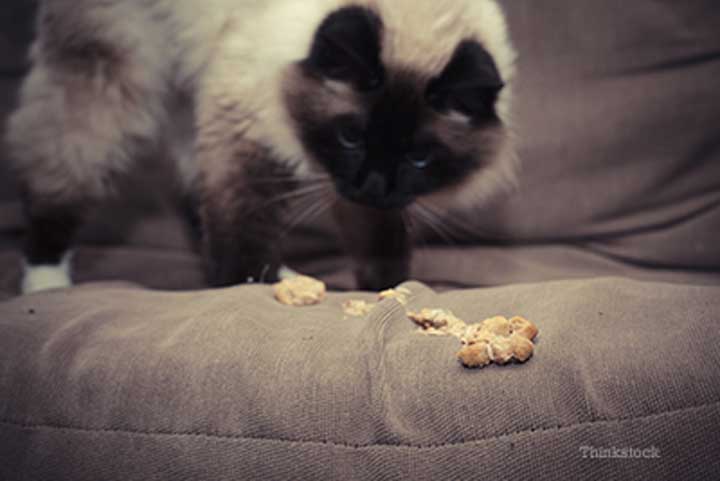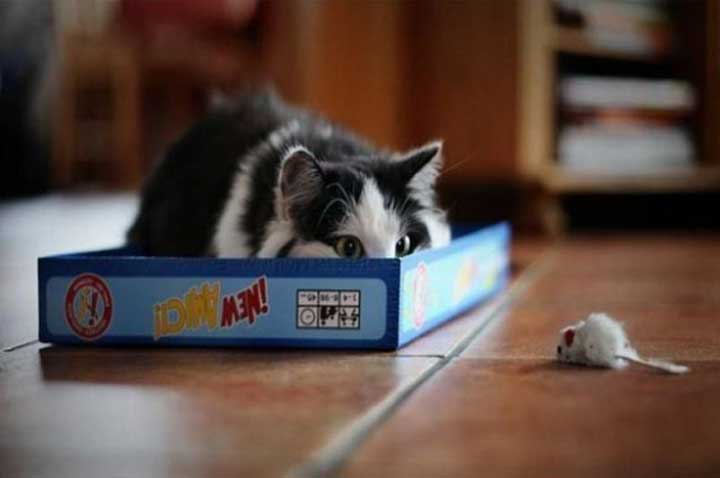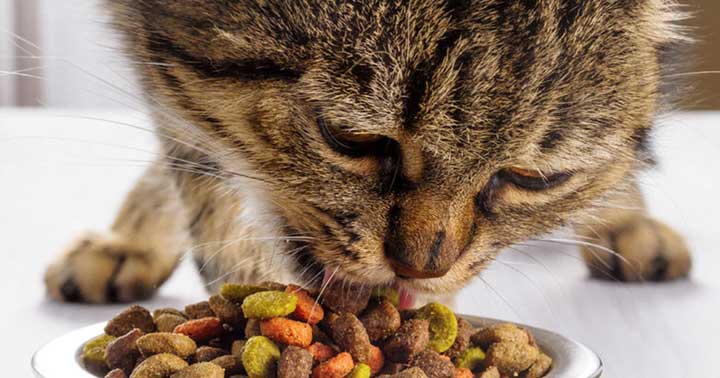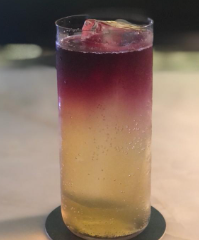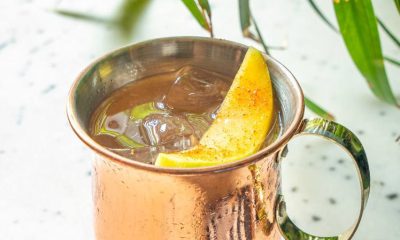Health
Deal With The Hairballs That Your Long Haired Cat Keeps Choking Up By Altering Its Diet
Long haired cats, like Persian cats or Maine Coones are incredibly beautiful and are popular pets, especially in high income households.
Like all animal breeds, the characteristics that make the breed unique could also lead to health problems. In the case of long haired cats, their fur can heighten a problem that most cats deal with; fur or hairballs.
All About Hairballs
Hairballs are exactly what they sound like, and are not fun; for the cat, or for the person cleaning up after him. When a cat grooms itself, its tongue traps fur that is then swallowed. The fur then proceeds to the cat’s stomach and ideally out of the cat’s body through its stool.
However, if too much hair is ingested or the cat has a weak gut system, the fur accumulates into a ball in the stomach and is then forced back up the cat’s body, making it gag and cough as it regurgitates a hair ball. It’s a stressful experience for both a cat and its owner.
Both research and experience have shown that longer haired cats are more prone to hairballs because of the increased volume of fur and parallelsy, the increased instinct to constantly groom themselves.
Dealing With The Hairballs With Additional Fibre
While an occasional hairball is no large cause for concern, having your cat regurgitate fur every day or every week can indicate that his or her digestive system is working poorly.
Most pet food brands have specific food for long haired cats based on their nutritional needs. If you take a look at the contents of such foods, you’ll find that they have higher fibre content to cleanse the cats’ guts, thereby helping avoid hairballs.
Some people question whether feeding cats high fibre diets is the best idea, since cats and their wild ancestors have traditionally had pure carnivores’ diets and may not have systems that have evolved to process high amounts of fibres. However, it’s important to note that domestic cats’ ancestors sustained themselves by hunting game such as mice and small rodents and ingested them whole. In doing this, they would have absorbed the fibres that the rodent itself had fed on as well as have gotten a fibre quota from the bones and tissues of the animals they ate.
Adding a little extra fibre in your cat’s diet, therefore, is an accepted way to battle hairballs. If you’re feeding you cat commercial pet food, remember to seek out food that is specifically formulated for long haired cats.
If you feed your cat on a homemade diet incorporate a small fibre source into your cat’s daily diet. For instance, you can mix in a teaspoon of mashed pumpkin into your cat’s meal daily to help nourish gut bacteria, which will then be more effective at cleansing the gut. Adding one or two green beans, or a teaspoon of mushy peas to your cat’s meal once a day will work in a similar way.
Additionally, adding a small dose of Omega 3 supplements to your cat’s diet will both help increase the effectiveness of its digestive system as well as nourish its fur so that less of it gets caught on its tongue. We find that cod liver oil works best; ensure that it doesn’t have additional nutrients or vitamins and add a quarter teaspoon of it to your cat’s meal once every two to three days.
If the regular hairballs persist, we suggest you contact a vet who may scan your cat’s abdominal area to detect any issues.


